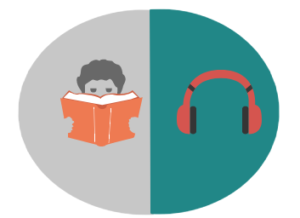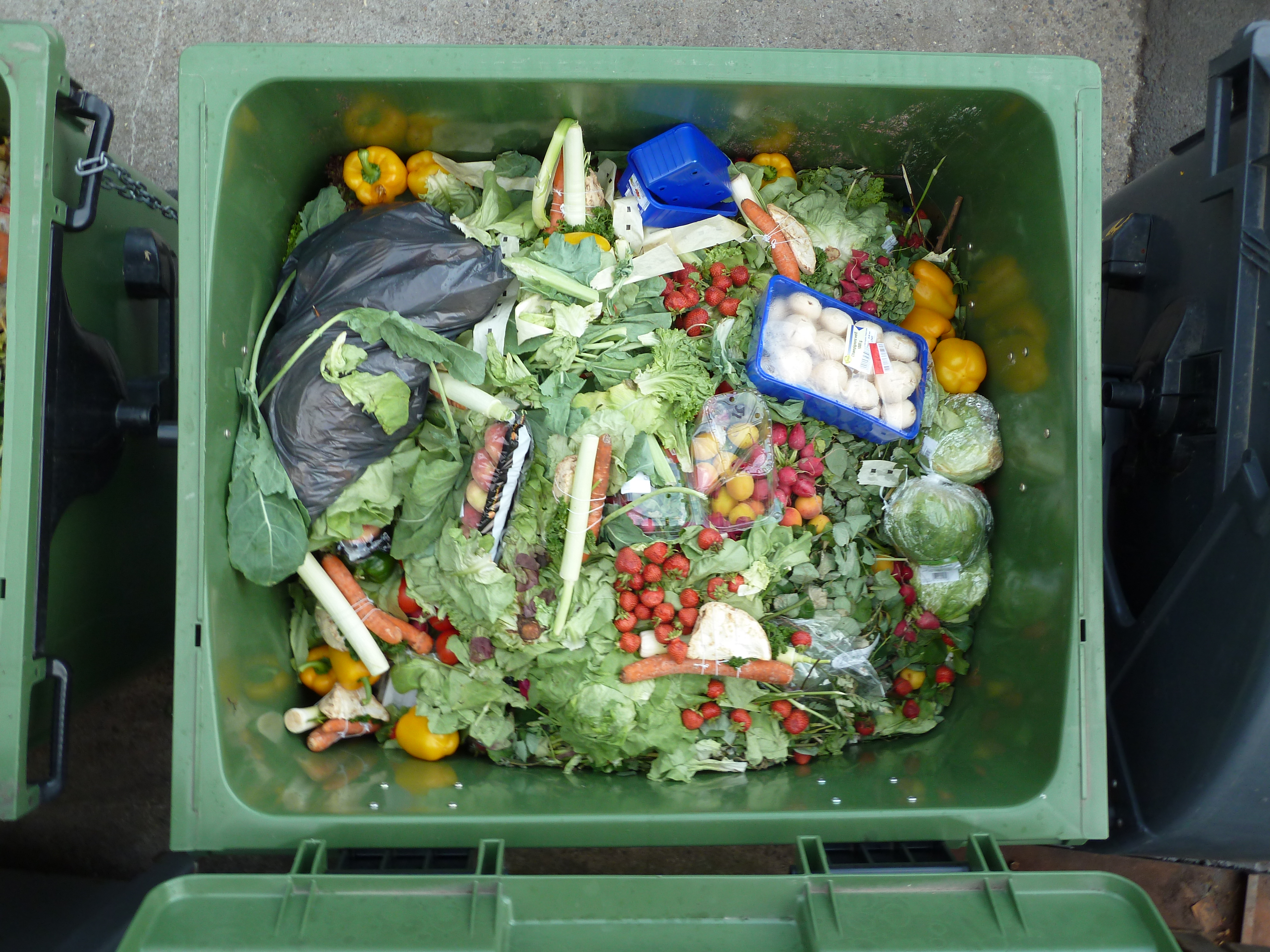
As we begin creating our own thematic units, rather than relying on those presented in our textbooks, we are faced with the challenge of selecting themes that are relevant to our students while at the same time preparing them for authentic situations in the target culture as well as high-stakes testing such as IB or AP. In creating this unit, my goal was to help my students learn the vocabulary they would need to express the symptoms of common illnesses as well as study health concerns that are relevant to them at this point of their lives (such as stress and lack of sleep). I also wanted to lay the foundation for other health-related topics that will be included in next year’s IB curriculum. Here’s a quick summary of this unit and a full agenda, to which the materials are linked, can be accessed here. (New link added 5/25/18)
Day 1: I started the unit with the topic of stress because I thought this would hook the students. I began by projecting an infographic showing symptoms, sources, and remedies for stress. (Note: As I selected sections of the infographic to project, I was intentional about which effects of stress I projected in order to avoid those that were less appropriate for class.) Discussing this infographic provided an opportunity to provide lots of input to the students and introduce them to the vocabulary they would be using throughout the unit. After this input phase, I projected images from an infographic and had the students discuss what they saw in each picture, as well as what stress reduction strategy was being depicted. (The students discussed with a partner, and then I randomly chose students to share their ideas with the class.) I then projected the original infographic so that the students could compare their ideas to those of the original author.
Day 2: As a lesson hook, I showed a short video about stress and exams. I then had the students discuss pre-reading questions related to their own stress, followed by a short comprehension guide for a 1jour1actu article about kids and stress. Using French comprehension questions, rather than English IPA-style questions, allowed us to discuss this formative assessment as a class. The students then discussed what they had learned from the article, as well as their own stress, in order to create a Venn diagram comparing student stress in France and the U.S. Lastly the students wrote a paragraph comparing and contrasting stress in the two cultures.
Day 3: I began this lesson, which focused on the role of exercise, by projecting an infographic with data about French health habits, especially those related to exercise. Asking questions about the infographic, as well as personalized questions about the students’ habits, provided input for this lesson. The students then completed an interpersonal activity in which they formulated French questions (based on an English cue) which their partner answered based on information in his/her infographic. Lastly, the students completed a comprehension guide on a short video about exercise.
Day 4: Because I had a 90-minute block on this day, I assigned a series of learning stations to enable the students to use all modes to communicate about the role of sleep in maintaining a healthy lifestyle. At the interpersonal station, each student was given an infographic about the effects of a lack of sleep. The students discussed the information in their infographics and filled in a graphic organizer with facts that were found only on Infographic A, only on Infographic B, or on both infographics. I encouraged the students to share simple facts, using their own words, rather than reading directly from the infographic in order to ensure their partner’s comprehension and encourage negotiation of meaning. At the reading station, the students read a 1jour1actu article about sleep and filled in a graphic organizer with main ideas and supporting details. At the listening station, the students first watched a video and filled in a graphic organizer with main ideas and supporting details, and then completed an Edpuzzle for a second video.
Day 5: As a hook to this lesson I played the Stromae song, le Sommeil. I then had the students interview a partner about his/her sleeping habits, based on the ideas from the first video from the previous day’s lesson. In order to ensure an adequate negotiation of meaning, I created an A and B form, so that each member of the dyad had different topics to discuss. The students then wrote a message to their partner in which they gave advice, based on the video, about how their partner could improve his/her sleeping habits. In order to introduce an interpersonal component to this writing, I may have the students write a response to the message they receive, indicating whether or not they will follow the advice and why/why not.
Day 6: I provided input to this lesson on common illness by projecting an interactive quiz about colds and flu. After submitting the class’s responses to the questions and projecting the results, I projected a comic that the students discussed with a partner before discussing as a class. The students then watched a short video about the flu and completed a comprehension guide. Lastly, the students completed an interpersonal activity in which they compared the symptoms of a cold and the flu based on infographics they read.
Day 7: Because I had a sub on the day of this lesson, the students worked individually on an IPA-format reading comprehension guide to accompany an infographic on the flu. (Most students did not have time to also completed the comprehension guide for the cartoon video I included with this lesson.)
Day 8: Students continued their study of common illnesses by watching a cartoon video and then writing a message in which they explain their symptoms and treatment to a principal in order to excuse their absence. (I didn’t use the speaking activities in this packet this year, but have left them in the document for anyone who might be able to use them.)
Day 9: While preparing this unit, I curated several health-related infographics that I did not feel warranted an entire lesson. I used these “orphan” infographics as a basis for a short presentational speaking activity. In this one 90-minute period the students selected the topic that most interested them, read the corresponding infographic and then prepared a Google Presentation with images that would help them remember the key facts of the infographic, as well as ensure that their listeners understood the information they would present. During the last 20 minutes of the period, I conducted a health fair. The class was divided into two equal groups and one half of the students presented while the other half chose a presentation to listen to. The listeners took notes on what they learned from each presentation. After several rotations, the two groups traded places so that the listeners became the presenters and vice versa. The advantage of this style of presentational activity was that presenting to one classmate at a time reduces anxiety for the speakers, while still allowing me to assess each student as I circulate during the presentations.
Days 10-12: Next week the students will read a Petit Nicolas story called “Je suis malade.” On each day, I will play the recorded version of about a third of the story as the students read along. (I have a hard copy of the story from the book in which it is found, but the text can easily be found on line.) They will then complete the true/false (with justification) items that correspond to that day’s reading in small groups. This question format encourages interpersonal communication as the questions are written in French and many require deeper interpretation of the text. Depending on time, I may also assign the grammar-based exercises that I’ve included in the packet.
Day 13: In order to review the story and practice circumlocution the students will complete a pair crossword puzzle. For this activity, each member of the dyad is given a crossword puzzle in which half of the clues have been filled in. The students must give his/her partner French clues so that s/he can fill in the answers on his/her own puzzle. My students love these puzzles and the last time I used one, two students asked if they could take it home and finish on the bus!
Day 14: The students will write Maman’s diary entry for the day that the majority of this story took place. This prompt will encourage the students to reread the story for details about Maman’s point of view as well as prepare them for tomorrow’s interpersonal assessment.
Day 15: The students will complete an interpersonal assessment by performing a role play based on the Petit Nicolas story. I will have the students practice the role play with several different partners, switching roles each time. I will then assign a partner and have all of the dyads simultaneously record their role plays. In this way I can assess all of the students in one day.
Day 16: The students will complete an Edpuzzle for a cartoon video based on this story. Due to the differences between the story and the cartoon, I prefer to leave this assessment for the end, so that the students don’t mix up what they read with what they watched on the interpersonal and presentational assessments.
As always, I welcome feedback on this unit!










